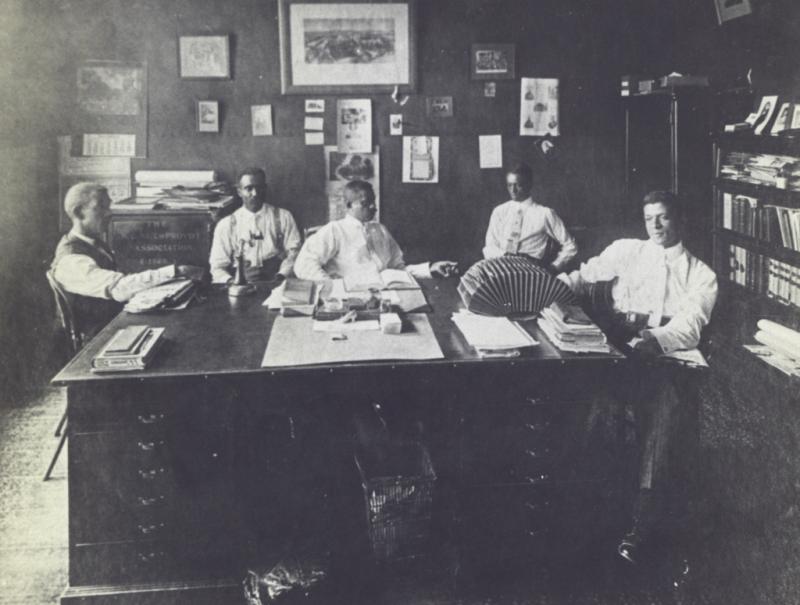Beginning in the late nineteenth century, states passed laws to keep the races separate and to restrict the opportunities of black Americans. The system created by these laws was known informally as "Jim Crow." More than a million black people fled the Jim Crow South, especially, after World War I, seeking opportunity in northern cities.
But some black people who stayed in North Carolina fought their way to success. In Durham, the black business district known as "Black Wall Street" was home to some of the largest black-owned businesses in the nation. Outside of Greensboro, Charlotte Hawkins Brown founded a prominent school for black students and won national respect as an educator.
In this chapter, we'll explore both sides of this era in North Carolina — the system of segregation, and the black communities that thrived in spite of that system.
Section Contents
- The Birth of "Jim Crow"
- A Sampling of Jim Crow Laws
- Primary Source: Letter Detailing Triracial Segregation in Robeson County
- Primary Source: George White Speaks Out Against Lynchings
- The Great Migration and North Carolina
- Durham's "Black Wall Street"
- Black Businesses in Durham
- The North Carolina Mutual Life Insurance Company
- Charlotte Hawkins Brown
- Primary Source: Charlotte Hawkins Brown's Rules for School
- Primary Source: 1912 Winston Salem Segregation Ordinance Enacted
- Rosenwald Schools in North Carolina
- Black Student Activism in the 1920s and 1930s
